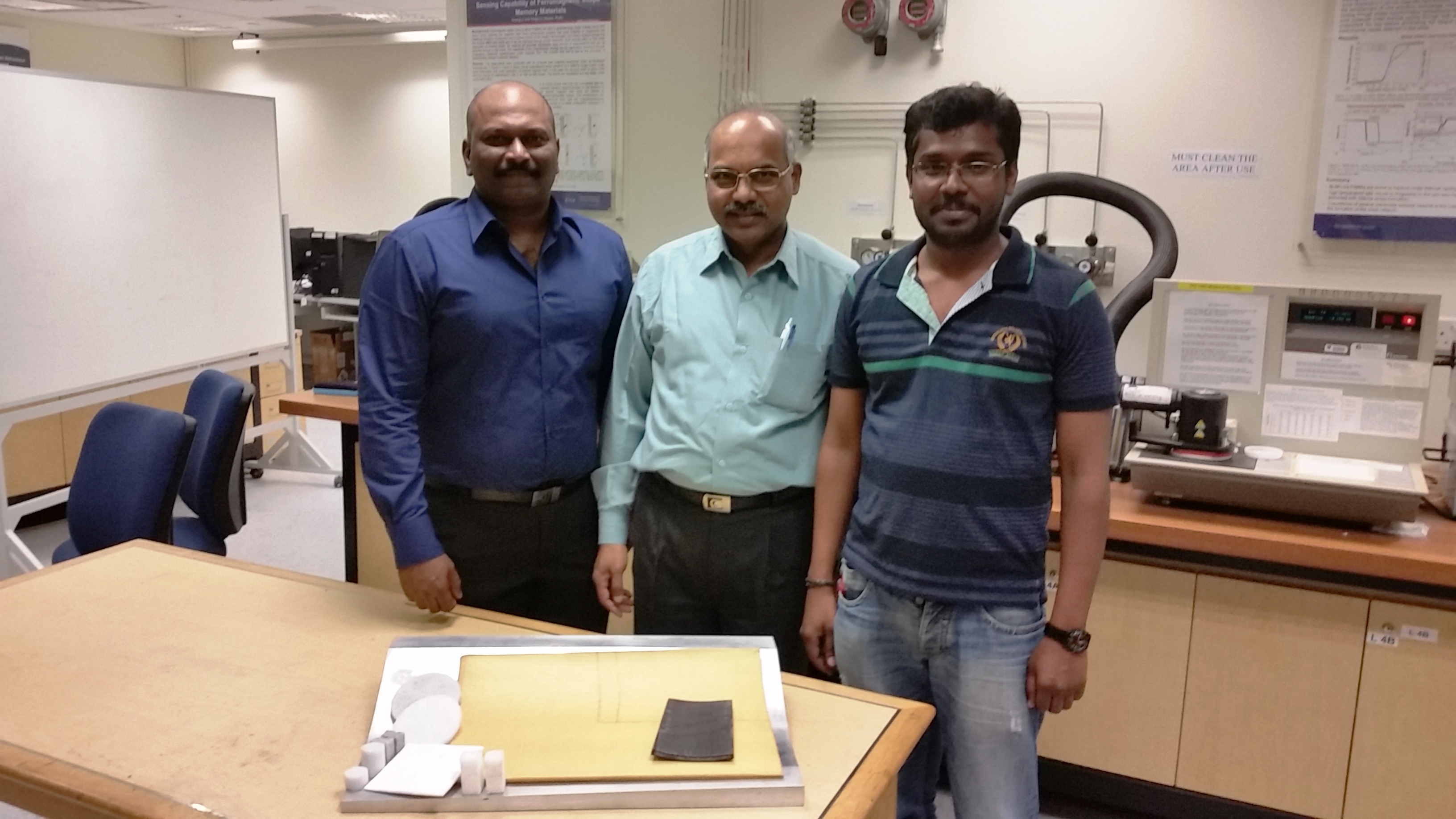A new material that offers better soundproofing and heat insulation is expected to hit the market early next year.
This new foam is developed by Nanyang Technological University (NTU) and has the capacity to insulate against heat 2.6 times better than conventional insulation foam. It can also block out 80 percent of outside noise, 30 percent more than traditional materials used in soundproofing.
Known as aerogel composites, the non-flammable foam can be used in a wide range of applications, including in construction and building, oil and gas and the automotive industry.
It took NTU Associate Professor Sunil Chandrankant Joshi and his then-PhD student, Dr Mahesh Sachithanadam, four years to develop.
The technology had been published in peer-reviewed scientific journals and a patent has been filed by NTU’s innovation and enterprise arm NTUitive.
The technology has been licensed by local firm Bronx Creative & Design Center (BDC), with a joint venture of 7 million Singapore dollars. A production plant will be operational by 2017 that will produce the aerogel composites in various forms such as sheets or panels, in line with current industry sizes.
Branded “Bronx AeroSil” by BDC, the foam is being developed for various applications. For example, to reduce the noise generated by a truck driving by, only 15mm of the new material would be needed compared to 25mm thick common insulation foam.
The foam is thinner than conventional foam, offers better performance and is “greener to manufacture”, said Associate Professor Sunil. He noted that since it does not require high heat treatment or toxic materials to produce, it is “a lot more eco-friendly and less hazardous to the environment”.
BDC has negotiations underway with other companies to expand the production to India and various South-east Asia countries within the next three years.
Associate Professor Sunil Chandrankant’s research expertise encompasses Process modelling for composites, Transition mechanisms in hydrogels, Composite repairs, and Thermal controls for micro-satellites.

 NTU Associate Professor Sunil Chandrankant (center) with his PhD scholars. Photo courtesy: NTU
NTU Associate Professor Sunil Chandrankant (center) with his PhD scholars. Photo courtesy: NTU
